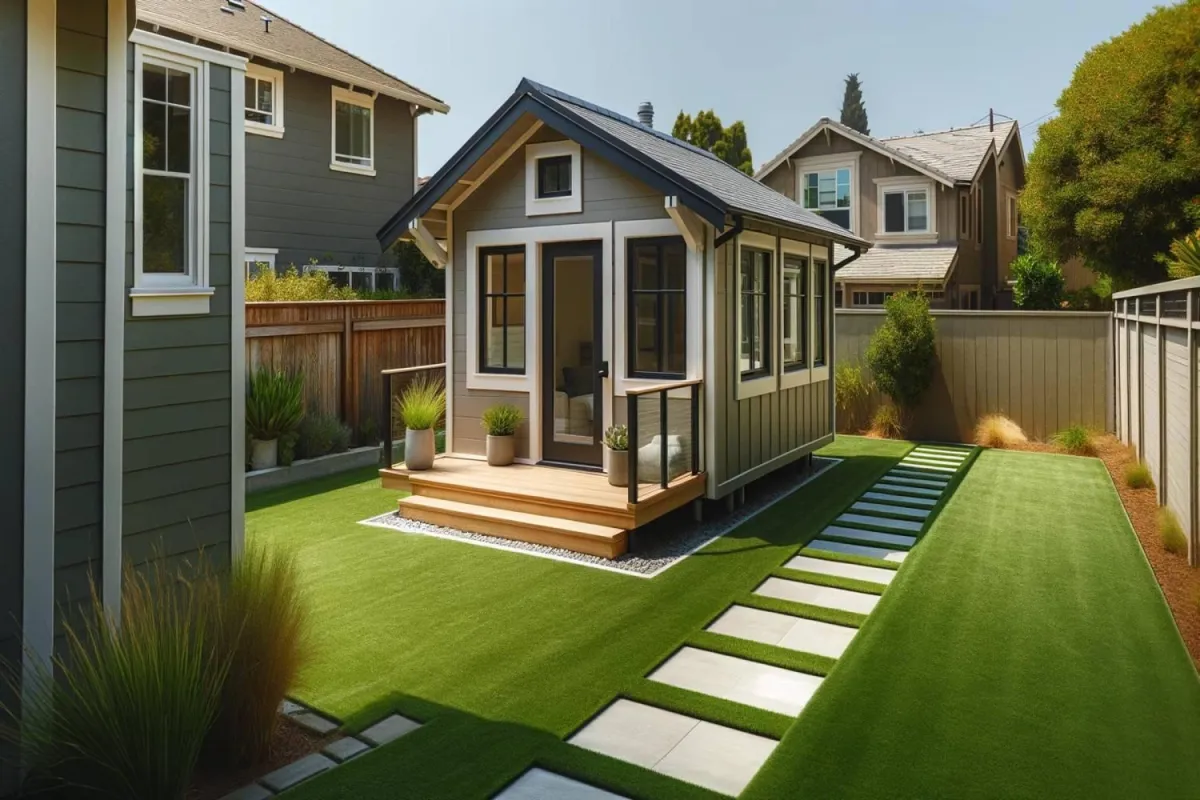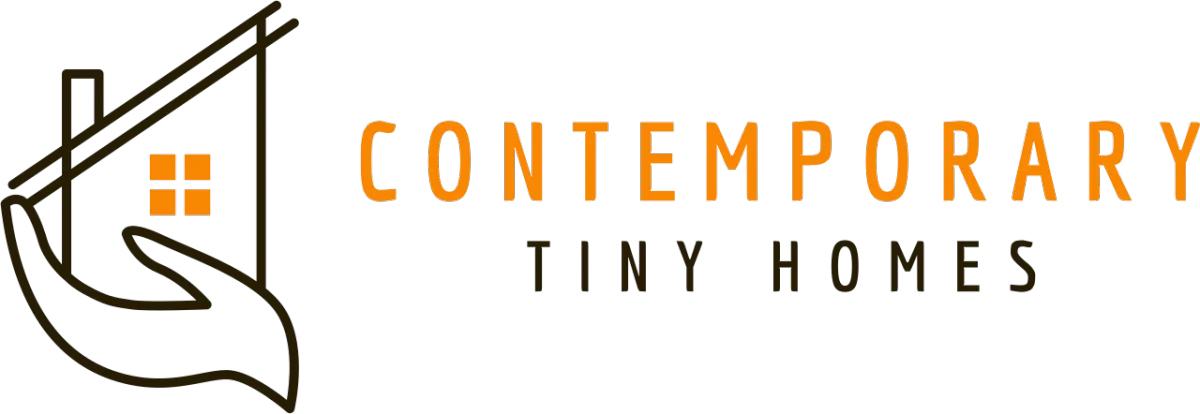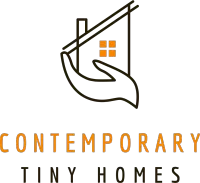Knowledge Center: Your Go-To Resource for ADUs and Tiny Living
Knowledge Center: Your Go-To Resource for ADUs and Tiny Living
Email [email protected]
Phone 860-TINY-HOM (es)

What is a Tiny Home?
Tiny homes have been gaining popularity in recent years as a unique and innovative housing solution that challenges traditional notions of homeownership. These dwellings, typically ranging from 300 to 400 square feet in size, offer a minimalist lifestyle with a focus on simplicity, sustainability, and efficient use of space.
Let's explore the concept of tiny homes, delve into their design and architecture, discuss the benefits and challenges of living in a tiny home, and examine the financial and legal considerations associated with owning one. Whether you are intrigued by the idea of downsizing your living space or simply curious about this growing trend, join us on a journey to discover the world of tiny homes.
Introduction to Tiny Homes
Tiny homes are like regular homes, but cuter and cozier. They are smaller, livable dwellings that prioritize simplicity and minimalism over excess space. These abodes have been gaining popularity in recent years as more people seek a simpler, more sustainable way of living.
It's important to understand that Contemporary Tiny Homes specifically sells ADUs (Accessory Dwelling Units). These are permanent tiny homes on property you own. These are different from pre-fab tiny homes that can be transported or a tiny home village.
Defining Tiny Homes
Tiny homes are typically under 400 square feet, making them perfect for people who want to downsize and live more affordably. They come in all shapes and sizes, from studio to one-bedroom units. Despite their small footprint, these homes often include all the essential amenities for comfortable living such as a kitchen, bathroom, and bedroom or studio.
A Brief History of Tiny Homes
Tiny homes have been around for centuries, with examples found in various cultures worldwide. In recent years, the tiny house movement has gained momentum as a response to societal trends towards minimalism, sustainability, and financial freedom. The movement has been fueled by TV shows, social media, and a desire for a simpler, more meaningful way of life.
Benefits of Living in a Tiny Home
Living in a tiny home can have numerous benefits beyond just looking adorable on Instagram. Let's dive into some of the perks of embracing the tiny living lifestyle.
Financial Benefits
One of the most significant advantages of tiny home living is the cost savings. Tiny homes are more affordable to build, maintain, and heat or cool compared to traditional homes. With lower utility bills and often no mortgage, tiny homeowners can save a significant chunk of change, freeing up funds for other priorities.
Many people choose to live in their ADU, while renting out their full-sized home to someone else. This gives them a permanent stream of income, so they can enjoy their life to the fullest, without needing to have a typical 9-to-5 job.
Simplicity and Minimalism
Living in a tiny home forces you to declutter and prioritize what truly matters to you. This minimalist lifestyle can lead to less stress, more free time, and a greater appreciation for the things you do have. By simplifying your living space, you can focus on experiences and relationships instead of material possessions.
Design and Architecture of Tiny Homes
Tiny homes may be small, but they are mighty when it comes to clever design and innovative architecture. Let's explore how tiny home designers make the most out of every square inch.
Styles and Aesthetics of Tiny Homes
Tiny homes come in a variety of styles, from rustic cabins to modern marvels. Whether you prefer a sleek, contemporary design or a cozy, cabin-like feel, there's a tiny home style to suit your taste. Many tiny homeowners customize their spaces to reflect their personalities and create a unique, personalized sanctuary. At Contemporary Tiny Homes, we're very excited to work closely with you to determine all the specifics of your perfect new home.
Challenges and Considerations of Tiny Home Living
While tiny home living can be incredibly rewarding, it's not without its challenges. Before making the leap to tiny living, consider some of the potential obstacles you may encounter.
Regulatory and Zoning Challenges
One of the most significant hurdles for tiny homeowners is navigating zoning laws and regulations. Many areas have rules regarding minimum square footage requirements and where tiny homes can be constructed. It's essential to research local ordinances and zoning codes before investing in a tiny home to avoid potential legal issues. We will work with you to get this all taken care of.
Living Comfortably in a Small Space
Living in a tiny home requires a mindset shift and a willingness to adapt to a more minimalist lifestyle. Consider your living habits and needs before downsizing to ensure you can comfortably coexist with your tiny abode.
Sustainability and Eco-Friendly Aspects of Tiny Homes
Tiny homes are not just cute little houses; they are also champions of sustainability and eco-friendliness. From their energy-efficient designs to the use of recycled and sustainable materials, these small dwellings pack a big green punch.
Energy Efficiency in Tiny Homes
Due to their size, tiny homes are incredibly energy efficient. With clever insulation, efficient appliances, and often solar panels, these abodes keep their carbon footprint small while keeping you cozy.
Using Recycled and Sustainable Materials
Tiny homes make a big impact by using recycled and sustainable materials in their construction. From reclaimed wood to energy-efficient windows, these homes prove that sustainability can come in small packages.
Financial and Legal Aspects of Owning a Tiny Home
Owning a tiny home isn't just about cute Instagram photos; there are financial and legal considerations to keep in mind. From building costs to navigating regulations, tiny home ownership comes with its own legalities.
Cost Considerations in Building and Owning a Tiny Home
While tiny homes can be a more affordable housing option, there are still costs to consider. From building materials to hooking up utilities, it's important to budget wisely and plan for any unforeseen expenses.
Tiny homes may be small in size, but they offer big benefits in terms of sustainability, creative design solutions, and financial considerations. Whether you're looking to downsize, create additional rental income or simply embrace a minimalist lifestyle, tiny homes have something to offer for everyone.
FAQs
Are tiny homes legal to live in?
The legality of living in a tiny home depends on local zoning and building regulations. Some municipalities allow tiny homes as primary residences, especially if they are on a permanent foundation and meet building codes, like an ADU.
What are the typical costs associated with building a tiny home?
Building a tiny home can cost between $100,000 and $200,000, depending on factors like size, materials, and customizations. Professionally constructed homes with high-end finishes can reach the higher end of the price range. Additional costs include land purchase, permits, and utility hookups.
Can I customize the design and layout of a tiny home to suit my needs?
Yes, tiny homes can be highly customizable, allowing owners to tailor the design and layout to meet their preferences. Customization options include the choice of materials, floor plan configurations, built-in furniture, and energy-efficient features. Custom builds can be more expensive but offer greater flexibility than working with our existing blueprints.
Are there any specific zoning regulations I need to be aware of before building a tiny home?
Yes, zoning regulations for tiny homes vary widely and can include minimum lot size requirements, placement restrictions, and building code compliance. Some areas may limit tiny homes to specific zones or treat them as ADUs. It’s essential to research local zoning laws to understand where tiny homes are permitted and any restrictions that may apply.

Copyright 2025. All rights reserved. Norwalk, CT
Connecticut's New Home Construction Contractor License: #NHC.0017654
EPA Lead-Safe Certified NAT-F269966-1


